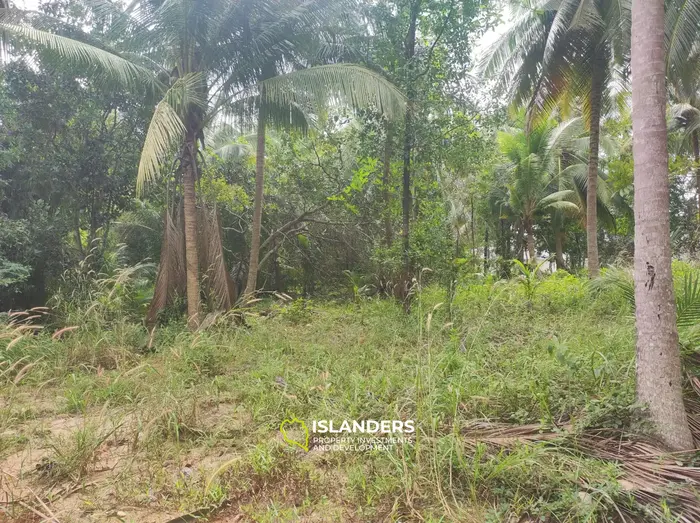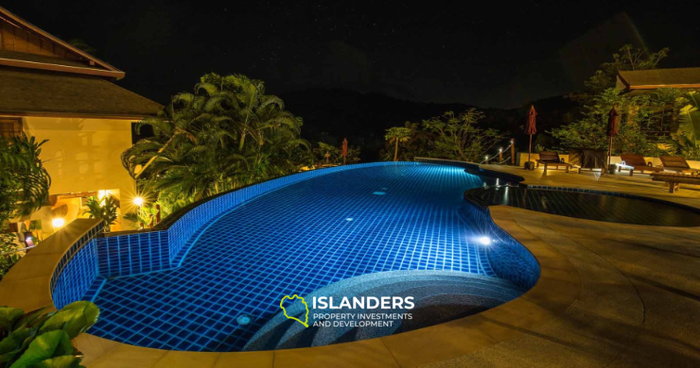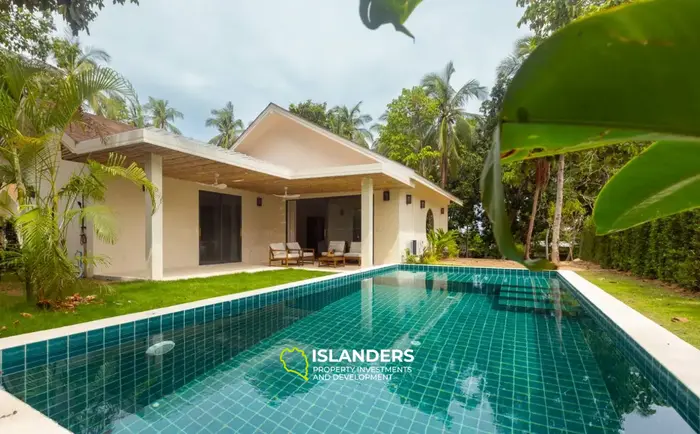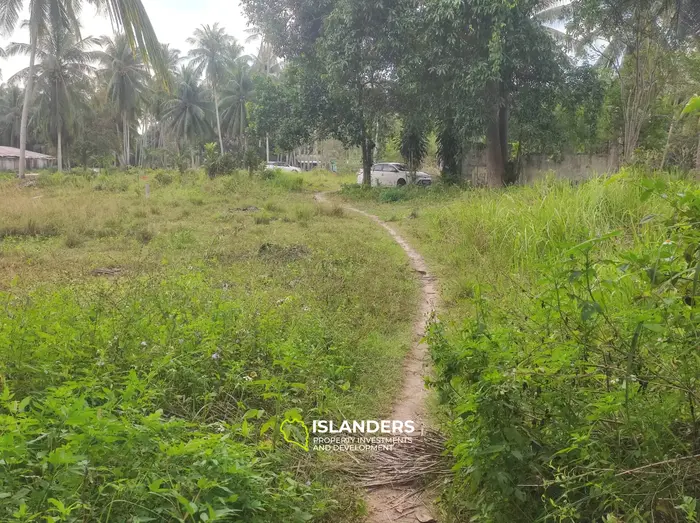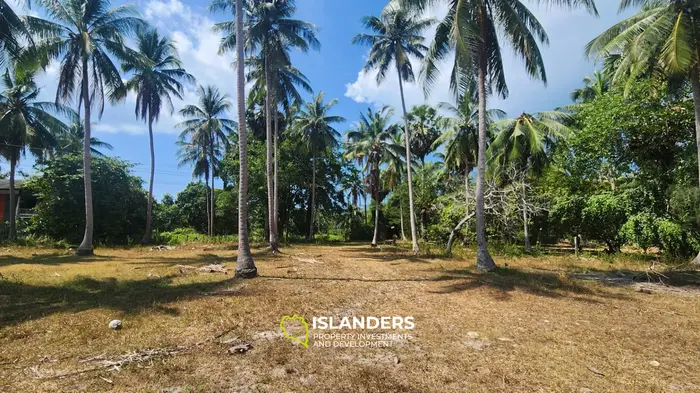A practical guide to electricity, water, wastewater, stormwater, connectivity, and engineering capacities for a house or villa. How to calculate loads, choose connection schemes, plan redundancy, and protect the budget.
1) Load picture: who needs what
Goal: list consumers and estimate design loads/flows per system.
| System | Typical consumers | How to size |
|---|---|---|
| Power | HVAC, water heater, kitchen, washer/dryer, pool (pump/heater), lighting, outlets | Sum of nameplates, demand/diversity factor, inrush currents |
| Water | Bathrooms, kitchen, irrigation, pool/Spa | L/day per household + peak L/min and pressure |
| Wastewater | Bathrooms, kitchen, laundry | Daily flow + peak discharge; need for a lifting station (grinder/PS) |
| Stormwater | Roofs, paved areas, driveway | Rainfall intensity, catchment area, runoff coefficient |
| Connectivity | Fiber, Wi-Fi, IoT | Throughput, coverage, latency |
2) Power supply: 1-phase/3-phase, panels, backup
2.1 Connection & capacity
- 1-phase vs 3-phase. Above ~12–15 kW, 3-phase helps balance loads and reduce currents.
- Requested capacity. Sum of diversified loads + growth margin (typically 20–30%).
- Reliability class. If outages are unacceptable, plan redundancy.
2.2 Panels & protection
- Main service panel → sub-panels: HVAC, kitchen, wet zones, pool, outdoor lines.
- GFCI/RCD for wet circuits, selective breakers, surge protection devices (SPD).
- Dedicated circuits for EV charger, boiler/heater, heavy appliances.
2.3 Backup & autonomy
- UPS for “critical” loads: router, server, controls, circulation pumps.
- Generator (gasoline/diesel/LPG) with automatic transfer (ATS) — cover 50–100% of critical loads.
- PV + batteries as part of a hybrid scheme; day generation with night buffer.
3) Water: city/well, storage & pumps
3.1 Source
- City network. Letter with pressure/flow and connection point.
- Well. Well passport, water analysis, seasonal yield.
- Delivery. Rare as primary; requires storage tank.
3.2 Scheme & equipment
- Storage tank (commonly 2–5 m³) + booster set, pressure vessel.
- Filtration: sediment → iron/softening → fine/UV.
- Maintain 2.5–4 bar at fixtures; use PRVs where needed.
3.3 Irrigation, pool, special loads
- Zone irrigation with a dedicated line/pump and seasonal schedule.
- Pool/Spa: make-up water, overflow/skimmer, filtration and backwash routing.
4) Wastewater: city/packaged plant/septic
4.1 Scheme selection
- City sewer. Easiest if accessible with proper gravity slope.
- Packaged treatment plant (PTP). Power-dependent, needs service; produces treated water for infiltration/irrigation where allowed.
- Septic. No power, but needs percolation field; depends on groundwater and soils.
4.2 Design nuances
- Prefer gravity; where impossible — lifting/grinder station with backflow valve.
- High groundwater: anti-flotation design, anchoring, ballast calculation.
- Placement: sanitary offsets from house/well/boundaries.
5) Stormwater & drainage
- Roof drainage. Gutters/outlets, downpipes, silt traps.
- Surface system. Channels/point inlets, slopes, drops.
- Perimeter drainage. Perforated pipe, gravel wrap, inspection manholes.
- Outfall/dispersion. Ditch, soakaway pits/fields; verify capacity.
- Erosion control. Geocells, slope protection, downchutes.
6) Heating/Cooling & DHW
Heating
- Low-temp radiant floors + heat pump/condensing boiler for efficiency.
- Radiators for fast response and simpler retrofit.
- Heat pumps (air-to-water/air-to-air/ground): check climate and bivalence points.
Cooling
- Multi-split/VRF or fan-coils off a heat pump.
- Route piping and condensate drains during shell stage.
DHW
- Indirect tank / storage electric / instantaneous.
- DHW recirculation for “instant hot” (comfort vs energy trade-off).
Ventilation
- Balanced supply/exhaust with heat recovery; plan shafts and silencers.
7) Gas (where available)
- Connection point/pressure, gas design, equipment placement and ventilation requirements.
- LPG storage: tank siting, separations, corrosion protection, truck access.
- Gas boilers/generators: flues, combustion air, safety interlocks.
8) Connectivity & smart home
- Prefer fiber (FTTH); backup: 4G/5G router with external antenna.
- Low-voltage cabinet: router, switch, PoE for cameras/APs, UPS.
- Hard-wired LAN points and ceiling AP drops in key rooms.
- Automation integration: pumps, shades, climate, lighting via robust buses (Modbus/BACnet/Zigbee, etc.).
9) Provider letters & budgeting
- Power/water/sewer. Official letters/terms: capacity/flow, connection points, indicative timing and costs.
- Equipment. Specs and quotes (panels, treatment plants, pumps, heaters, UPS, generator, HVAC).
- Install & commissioning. Work schedule and site prep requirements.
- Budget. Base estimate + contingency (P50→P80 thinking) by lines: power, water, wastewater, stormwater/drainage, HVAC, connectivity.
10) Safety: earthing, lightning, backflow
- Earthing and bonding; verify resistance.
- Lightning protection (external/internal): down conductors, clamps, SPDs at panels.
- Backflow prevention for sewer and storm lines; protect against surcharging.
- Freeze protection for outdoor runs (heat cable/insulation), drain cocks for winterising.
- Sensors for leak/smoke/CO with automatic shut-off where applicable.
11) Section checklist
Power
- Load calc and 1-ph/3-ph choice; 20–30% growth margin.
- Provider letter/terms; one-line diagram.
- UPS for critical loads; generator/ATS for long outages.
- SPD, RCD/GFCI, breaker selectivity; dedicated circuits for heavy appliances.
Water
- Source confirmed; water analysis.
- Tank + booster + filtration; 2.5–4 bar at fixtures.
- Zone irrigation; dry-run protection.
Wastewater
- Scheme matches groundwater/soils.
- Gravity preferred; lifting station and backflow valves where needed.
- Sanitary offsets and service access.
Stormwater/Drainage
- Rainfall-based sizing; outfall/infiltration agreed.
- Slopes, silt traps, inspection manholes.
- Slope protection and proper apron/drip edge.
HVAC/DHW
- Heat/cool source selected; routes and sleeves planned.
- DHW recirculation if comfort requires.
- Balanced ventilation with heat recovery and noise control.
Connectivity/Smart
- Fiber + 4G/5G backup; low-voltage UPS.
- LAN points; PoE for cameras/APs.
- Automation via robust buses; secure network segmentation.
FAQ
How much electrical capacity should I request?
Use diversified total load plus a 20–30% growth margin. Above roughly 12–15 kW, a 3-phase connection is usually sensible.
Packaged treatment plant or septic?
With high groundwater or limited percolation area, packaged plants often win. Where soils percolate well and space allows, a septic system is simpler and power-free.
Do I need a generator if I already have UPS and solar?
UPS covers short outages and solar depends on weather. For prolonged outages, a generator with ATS that covers critical loads is the reliable option.
When should stormwater and drainage be designed?
Alongside grading and retaining walls, before landscaping. Late design leads to flooding and rework.
Minimum documents before procurement?
Provider letters/terms, well passport & water analysis (if autonomous), selected wastewater scheme with calculations, stormwater/drainage on the grading plan, power one-line, key equipment specs, and an installation schedule.
Further reading
Need help with sizing and schemes?
We’ll obtain provider letters, build the one-line, select treatment/pumps/filters, and design stormwater & drainage tailored to your site. Contact us


